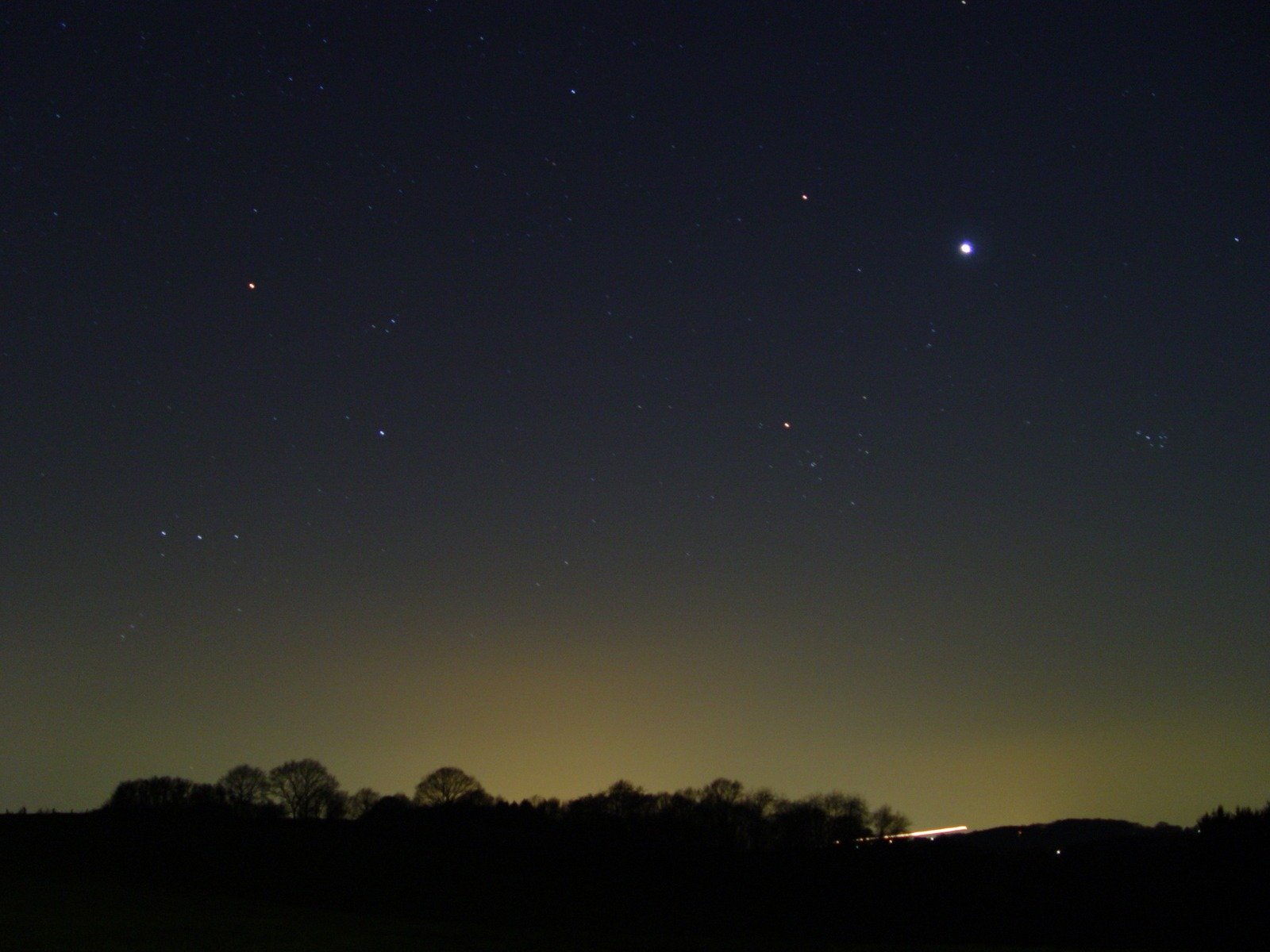Here is what’s up in the sky in September 2020. Wrap up warm and let’s go stargazing!
September 2: Full Moon
The September Full Moon, also known as the Corn Moon, will rise on September 2nd at 6:22 AM BST.
September 3: Mars solstice
The winter in the Martian Northern Hemisphere (and the Summer in the Southern Hemisphere) will officially begin on September 3rd. Planet Mars has a similar tilt to the Earth, so just like the Earth, Mars has four seasons (though they last approximately twice as long). While the seasons on the Red Planet may make no difference to most Earth’s stargazers, they are very important to the robotic spacecraft that operate on the planet’s surface.
Mars can be spotted in the evening sky all month long. Its distinctive reddish colour makes the planet simply impossible to miss.
September 5: Mars near the Moon
Mars and the Moon will make a close approach in the pre-dawn hours on September 6. But you can also find the pair hanging close by in the sky at the start of the night on September 5. Don’t forget to bring your camera!
September 9: Mars pauses to change direction
The word PLANET means WANDERER in Greek because the planets wander, or drift, eastward in respect to the background stars. But occasionally planets appear to slow down, stop, change direction and make a backward loop in the opposite way. This apparent retrograde motion is just an illusion, it happens when the Earth overtakes a planet and our viewpoint changes.
On September 9 planet Mars will change direction from normal eastward (astronomers call it prograde) to westward (also called retrograde). This effect will only be noticeable if you observe Mars in the previous and the following nights. To spot Mars making a loop-de-loop, take a note of the planet’s position around the same time for several nights. You can use a landscape feature (a tree or a building) as a reference.
September 10: Last Quarter Moon
Whenever you see a half-Moon, check that you remember what phase it is. There are two half-Moon phases: first quarter and last (or third) quarter.To the observers in the Northern Hemisphere the last quarter Moon is a half-Moon with its Western (left) half illuminated. Can you guess what the last quarter Moon would look like in the Southern Hemisphere?
September 11: Neptune at opposition
Opposition means “on the opposite side of the celestial sphere from the Sun as seen from Earth”. Planet Neptune will reach opposition on September 11th. Around that time the ice giant will also be at the closest to the Earth point in its orbit so it will look bigger and brighter. But don’t get your hopes high, you will still need binoculars or a telescope to see it.
September 13: Jupiter pauses to change direction
On September 13th Jupiter will switch direction from westward (retrograde) to eastward (prograde). Again, to notice the change, observe Jupiter in the days before and after September 13th. The planet can be seen in the evening sky all month long, so do not miss the chance to spot it.
September 14: Venus near the Moon
Although Venus can be found in the pre-dawn skies all through September, the best view of the month might be in the morning hours of September 14th, when Venus and the Moon will make a close approach.
September 17: New Moon
The New Moon is the time when the sunlit half of the Moon is facing away from the Earth. The dark moonless skies of the New Moon night are perfect for spotting some stray meteors or faint stars. Enjoy!
September 22: Equinox
The Autumn in the Northern Hemisphere (and the Spring in the Southern Hemisphere) will officially begin on September 22nd at 2:31 PM BST. At that moment, called Equinox, the Sun will cross the celestial equator. Equinox means “equal night”, but the actual day when the period between a sunset and a sunrise is exactly 12 hours depends on the latitude. Most of the UK will experience “equal night” several days after the equinox.
September 24: First Quarter Moon
The first quarter Moon, i.e. the Moon with its Eastern half illuminated (as seen from Earth’s Northern Hemisphere) will occur at 2:54 AM BST.
September 29: Saturn pauses to change direction
Just like Mars at the start of the month, Saturn will come to a standstill on September 29th. This day will mark the end of the planet’s East-to-West (retrograde) journey and the start of the eastward (prograde) motion. Saturn can be seen in the sky all through September.
Need Help?
Our incredible Inflatable planetarium shows will resume in September 2020. So if you want to learn more about the night sky, the Moon, the stars and the planets, come and see one of our immersive presenter-led shows. For more information on prices and booking see our website https://wonderdome.co.uk/.
Happy September 2020 stargazing!

